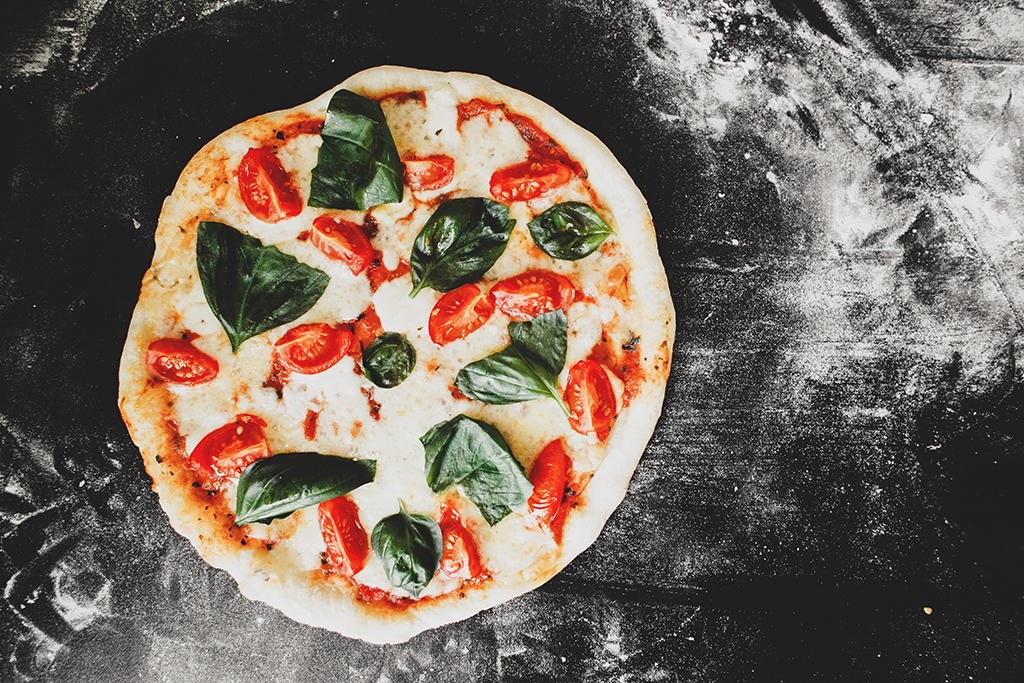
Photo by Inna Podolska on Unsplash
Food delivery is big business. 60% of American consumers order meals by delivery or takeout at least once per week, and many of them order more than once.
In the not-so-distant past, if someone ordered food for delivery from a restaurant, an employee of that restaurant would hop in a food delivery car and bring it to their home. The customer would most likely pay in cash, and the delivery driver would return to the store.
This has been changing in recent days with the emergence of many third-party food delivery companies. Today, most people who order food for delivery order their food online. They pay on the platform with a credit card. Then, an individual unaffiliated with the restaurant picks up the food and delivers it to them.
These changes may seem minor to the consumer, but they are actually huge. No one could have predicted the huge impact these changes would have on the food delivery industry. It’s difficult to even begin to imagine what further advancements lie ahead.
Read on to learn about some possibilities for the future of food delivery vehicles.
Self-Driving Cars
One of the newest things in food delivery is the concept and use of self-driving cars. Both Ford and GM have partnered with food delivery companies in certain markets to try to gather data on the feasibility of delivering food in this way.
First, Domino’s partnered with Ford to attempt autonomous pizza delivery. In 2017, customers in Ann Arbor, Michigan were randomly selected. Those chosen were offered the option of having their pizza delivered via self-driving Ford Fusion. These cars were manually driven by a Ford safety engineer but gave Domino’s the opportunity to test out the system and gauge customer reactions for the future.
At the beginning of 2019, GM gave this idea a try as well. Instead of creating a partnership with just one restaurant, GM partnered with DoorDash using the driverless GM Cruise.
It seems that autonomous delivery is the wave of the future. However, this technology needs much more research and testing before this type of service becomes commonplace.
Temperature-Control in Your Food Delivery Car
One of the biggest downsides of ordering delivery food is the fact that it is often not the right temperature when it arrives. Cold food is often room-temperature, and food that should be warm needs to be reheated.
For years, restaurants with delivery services have tried a variety of strategies to combat this issue. At one point, some restaurants guaranteed that their food would be delivered in an impossibly short time, but this resulted in stress and unsafe driving.
Insulated delivery bags or vessels that plug into a car’s cigarette lighter outlet offer some aid, but the results are not always ideal.
One likely advancement in delivery in the near future is the more widespread use delivery vehicles with built-in systems for heating or refrigeration or both.
Think about the impact this would have on the average food-delivery company of the future: no more hauling around heavy insulated bags and worrying that food won’t keep its temperature. Delivery operators would have the ability to deliver many more meals in one trip, making delivery runs more efficient.
This sort of reliable temperature control will make all the difference for both businesses and consumers.
Happy Eating
It’s hard to know what other things the future might hold for the food delivery experience. It will be exciting to see new technologies emerge to help improve customer experience.
Whether food is delivered a self-driving car or a real-life delivery person, as long as delivery systems can maintain food quality people will keep ordering.
Need to upgrade your food delivery vehicles? Contact us today to get started.
